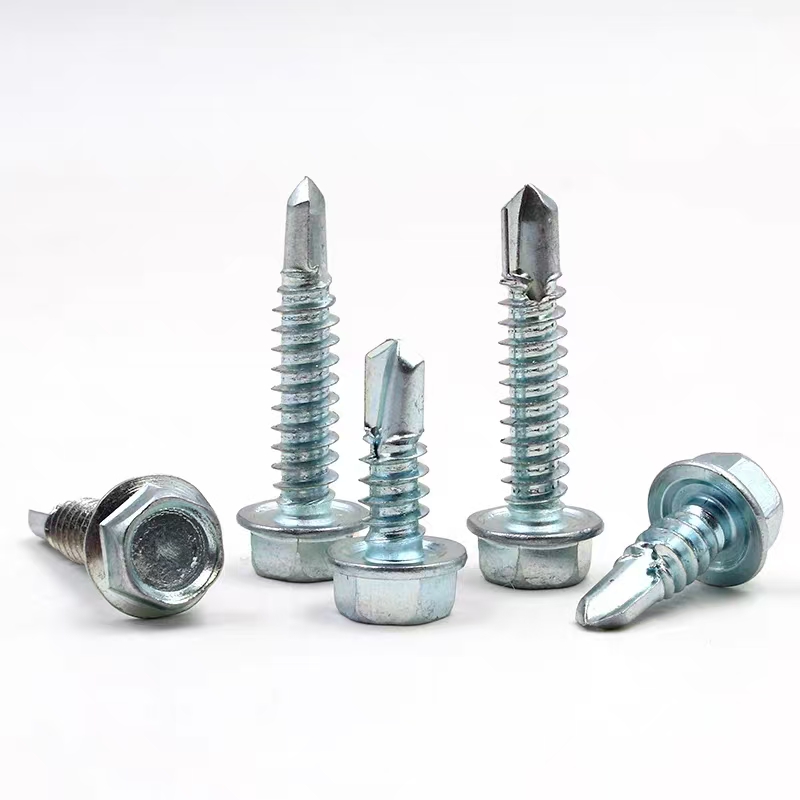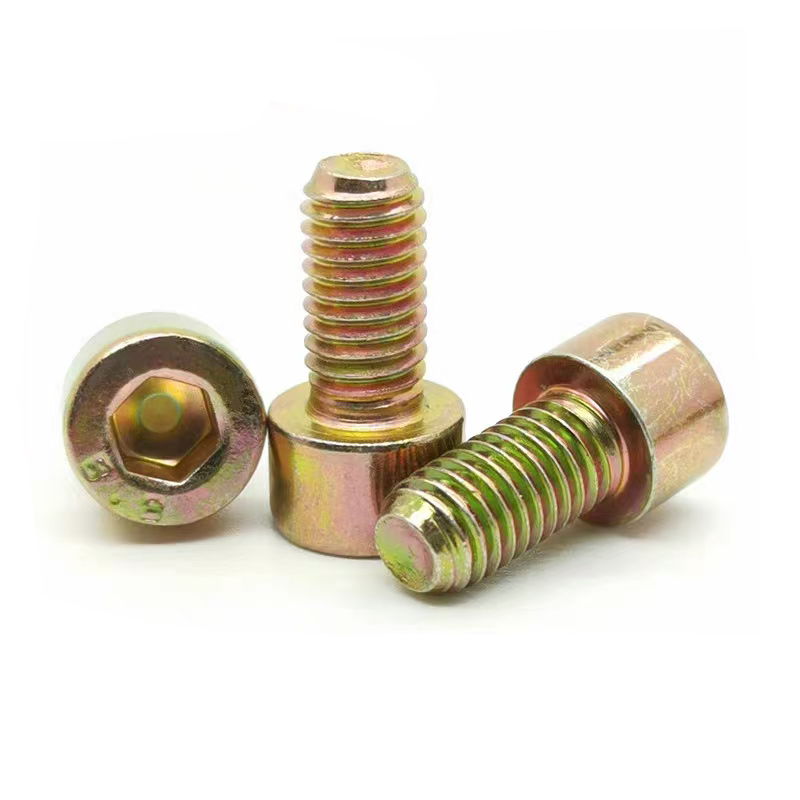- Chinese
- French
- German
- Portuguese
- Spanish
- Russian
- Japanese
- Korean
- Arabic
- Irish
- Greek
- Turkish
- Italian
- Danish
- Romanian
- Indonesian
- Czech
- Afrikaans
- Swedish
- Polish
- Basque
- Catalan
- Esperanto
- Hindi
- Lao
- Albanian
- Amharic
- Armenian
- Azerbaijani
- Belarusian
- Bengali
- Bosnian
- Bulgarian
- Cebuano
- Chichewa
- Corsican
- Croatian
- Dutch
- Estonian
- Filipino
- Finnish
- Frisian
- Galician
- Georgian
- Gujarati
- Haitian
- Hausa
- Hawaiian
- Hebrew
- Hmong
- Hungarian
- Icelandic
- Igbo
- Javanese
- Kannada
- Kazakh
- Khmer
- Kurdish
- Kyrgyz
- Latin
- Latvian
- Lithuanian
- Luxembou..
- Macedonian
- Malagasy
- Malay
- Malayalam
- Maltese
- Maori
- Marathi
- Mongolian
- Burmese
- Nepali
- Norwegian
- Pashto
- Persian
- Punjabi
- Serbian
- Sesotho
- Sinhala
- Slovak
- Slovenian
- Somali
- Samoan
- Scots Gaelic
- Shona
- Sindhi
- Sundanese
- Swahili
- Tajik
- Tamil
- Telugu
- Thai
- Ukrainian
- Urdu
- Uzbek
- Vietnamese
- Welsh
- Xhosa
- Yiddish
- Yoruba
- Zulu
- Kinyarwanda
- Tatar
- Oriya
- Turkmen
- Uyghur

China Electro-galvanized hexagonal drill thread
The Intricacies of China's Electro-galvanized Hexagonal Drill Thread
In the expansive world of fasteners, the China Electro-galvanized hexagonal drill thread stands out both for its complexity and its utility. This article delves into its significance, production challenges, and practical applications. A common misconception is that it's merely a fancy bolt, but there's much more beneath the surface.
Understanding the Basics
Electro-galvanizing is a fascinating process. It involves coating the hexagonal drill thread with a layer of zinc through electroplating. This enhances corrosion resistance—a key factor for outdoor and industrial applications. Manufacturers like Handan Zitai Fastener Manufacturing Co., Ltd., located in China's largest production base, employ this technique extensively. Their strategic placement near major transport hubs like the Beijing-Guangzhou Railway facilitates efficient distribution.
But it's not just about slapping on some zinc. The precise control of the galvanizing process determines the coating’s thickness, directly affecting durability. Engineers often balance this with cost concerns, where over-engineering can spike production expenses unnecessarily.
Drill threads play a pivotal role in applications requiring solid fixation with ease of installation. The hexagonal shape provides grip and torque advantages, especially in high-stress environments. Here, the challenge lies in maintaining the shape's integrity during the galvanizing process, a detail often underestimated by newcomers.
Production Nuances
From a production standpoint, achieving precision in the threading and galvanizing is no small feat. Take for example a recent batch from Handan Zitai. A slight misalignment in the threading die led to a significant quality control snag. This kind of oversight underscored the importance of skilled craftsmanship and rigorous checks at each stage.
Another production challenge is managing zinc runoff and waste, a concern not just for cost, but also for environmental compliance. Handan Zitai has implemented closed-loop systems to regain control of by-products—a testament to their commitment to sustainable manufacturing practices.
Factories use advanced computer numerical control (CNC) machines to achieve precision cuts. Yet, even with such technology, human oversight remains critical, especially when automated systems encounter unforeseen material inconsistencies.
Key Applications and Misunderstandings
These hexagonal drill threads find their application in construction, machinery, and automotive sectors. Their enhanced strength and corrosion resistance make them ideal for harsh environments. However, users often mistakenly equate electro-galvanized threads with hot-dip counterparts, expecting identical performance.
This misunderstanding can lead to application mismatches, with consequences for sustainability and cost. Electro-galvanized threads offer more uniform coating but might lack the thick cladding of hot-dip applications, affecting durability under severe corrosive conditions.
In practice, selecting the right fastener involves detailed environmental assessments and expert consultation—an often skipped step that can lead to premature infrastructure failures.
Common Pitfalls in Usage
Despite their robustness, these drill threads are not without pitfalls. For instance, over-tightening can lead to zinc coating cracking, exposing the underlying steel to corrosion risks. This is something I’ve seen time and again during field installations.
Other issues can arise during installation if the threading isn’t matched properly to corresponding materials, leading to stripped threads or weakened fixtures. Careful consideration of thread pitch and compatibility is essential.
Regular inspections and maintenance can mitigate these risks, ensuring that the fasteners continue to perform optimally throughout their lifecycle. It’s also a cost-effective strategy for extending infrastructure longevity.
Innovations on the Horizon
As technology evolves, so too does the landscape of fastener manufacturing. We’re seeing trends towards nano-enhanced coatings and alloy innovations that promise even greater resilience and functionality. Companies like Handan Zitai are already exploring these avenues, evidenced by their continuous investment in research and development.
Additionally, the integration of IoT into fastener applications is one of the more exciting developments. Real-time monitoring of stress and environmental exposure can lead to smarter, safer infrastructure systems.
With these advancements, the humble hexagonal drill thread stands poised to become not just a component, but a crucial player in the next wave of engineering achievements. For those involved in the industry, staying informed about these innovations is key to remaining competitive and effective.
Related products
Related products
Best selling products
Best selling products-
 T-bolt (T-slot bolt)
T-bolt (T-slot bolt) -
 Hexagon socket hot-dip galvanized bolts
Hexagon socket hot-dip galvanized bolts -
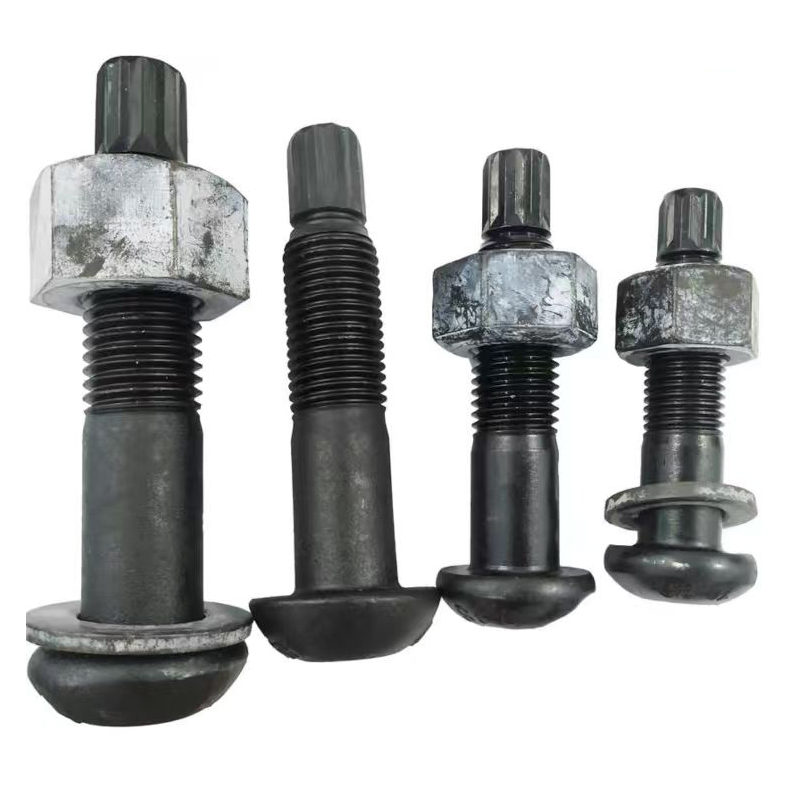 10.9S Torsion Shear Bolts
10.9S Torsion Shear Bolts -
 Stud bolts
Stud bolts -
 Electroplated galvanized gaskets
Electroplated galvanized gaskets -
 Hexagon socket electrogalvanized bolts
Hexagon socket electrogalvanized bolts -
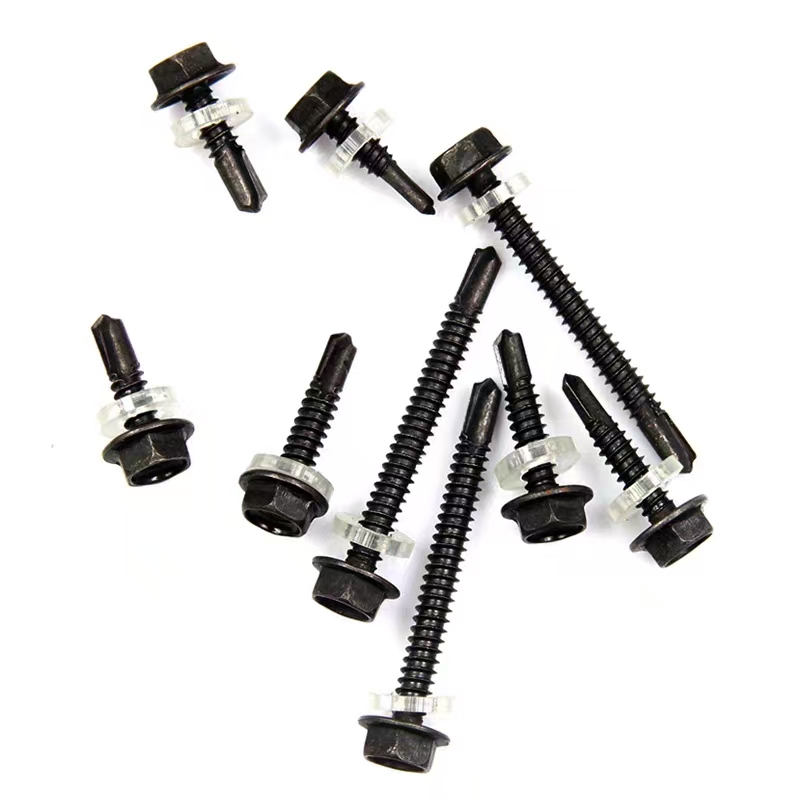 Black zinc-plated hexagonal drill tail wire
Black zinc-plated hexagonal drill tail wire -
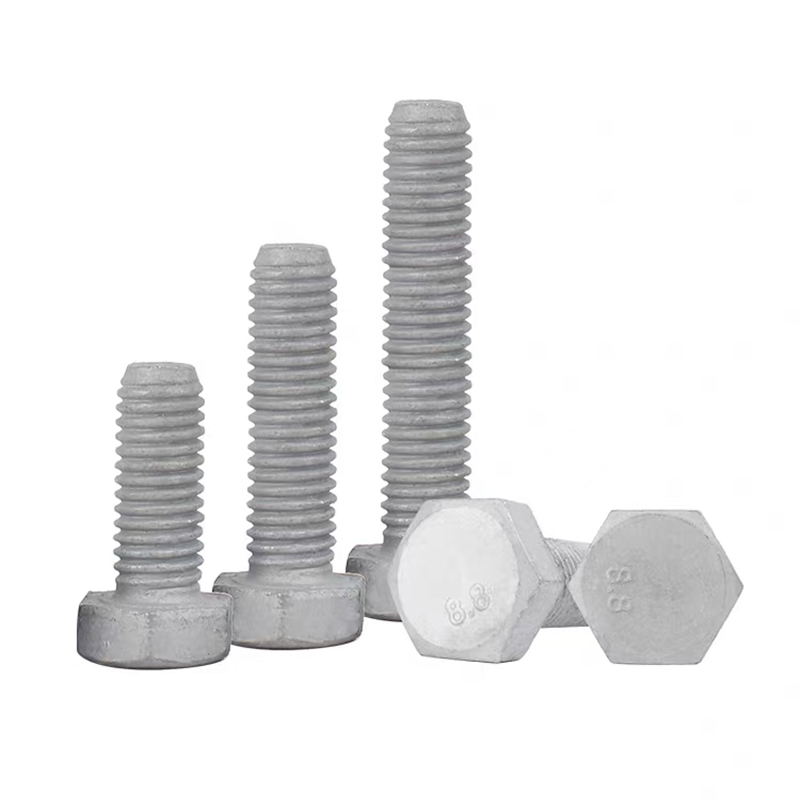 Hot-dip galvanized hexagonal bolts
Hot-dip galvanized hexagonal bolts -
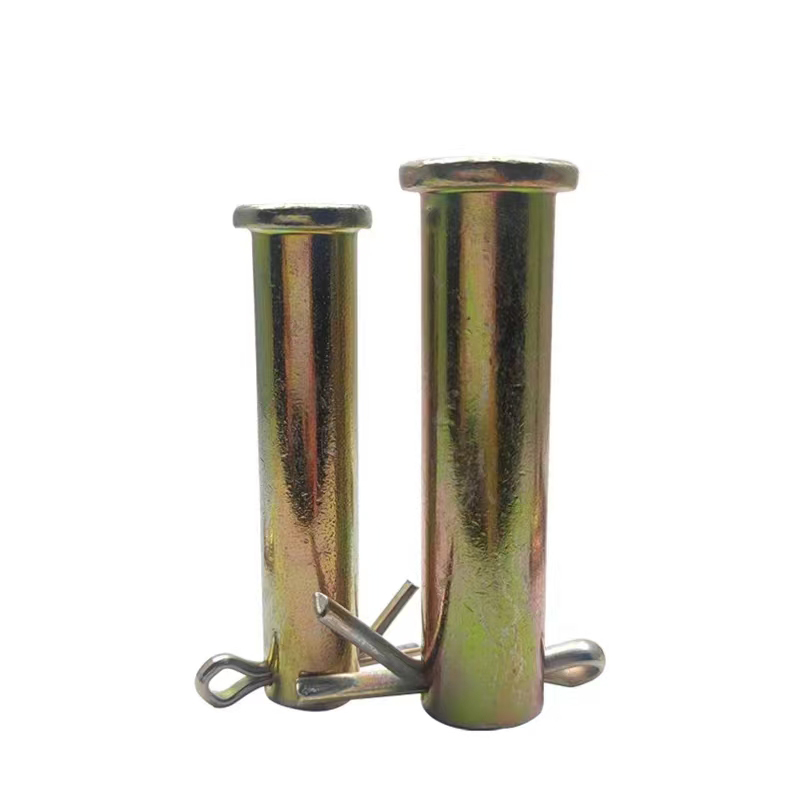 Colored zinc-plated pins
Colored zinc-plated pins -
 Hot-dip galvanized chemical bolts
Hot-dip galvanized chemical bolts -
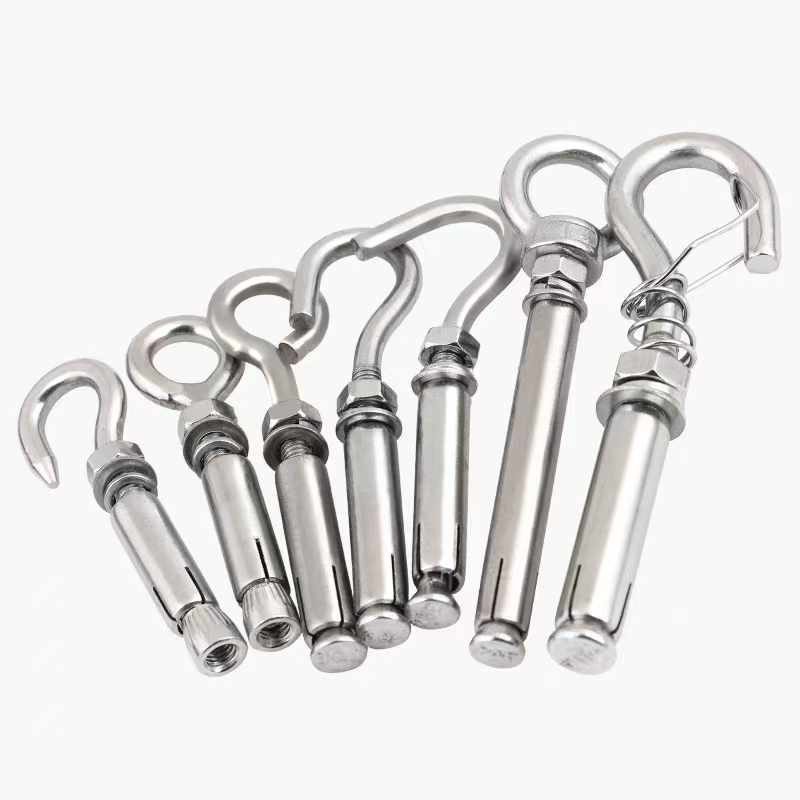 Electro-galvanized expansion hook
Electro-galvanized expansion hook -
 Colored zinc flange bolts
Colored zinc flange bolts





